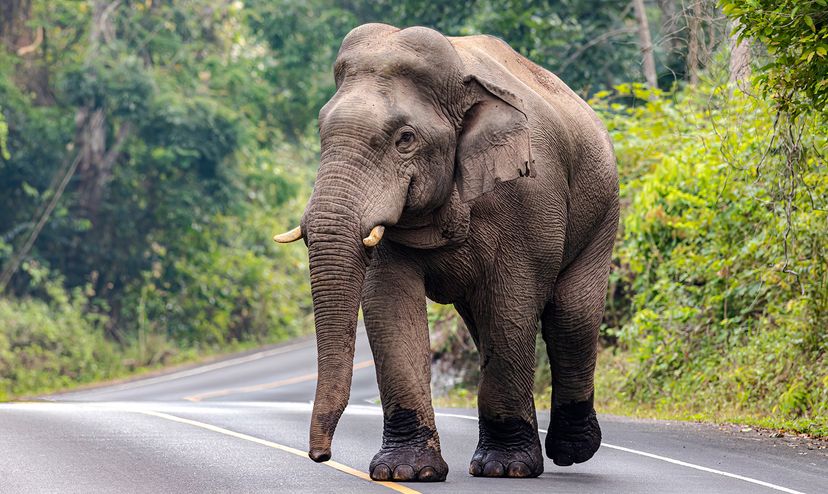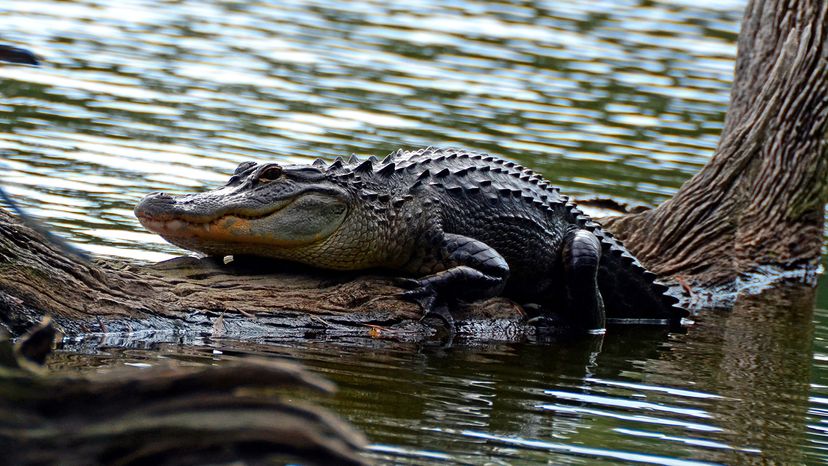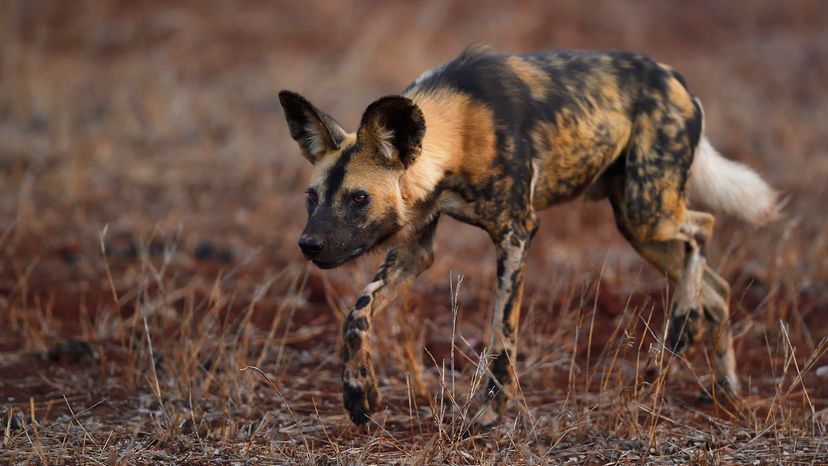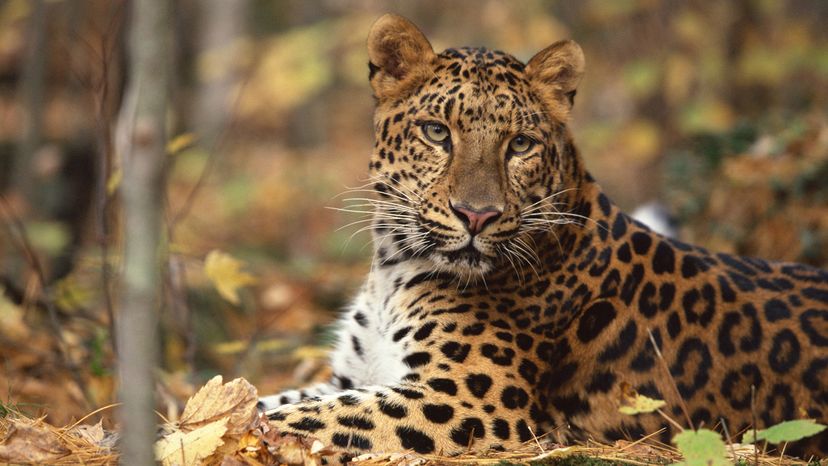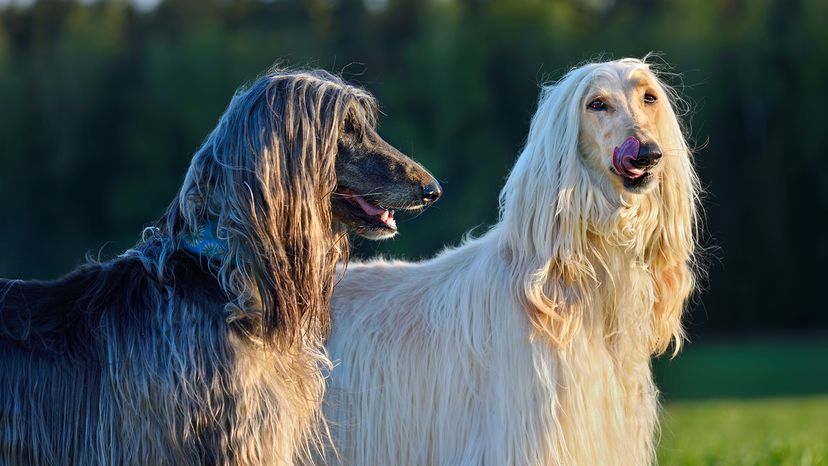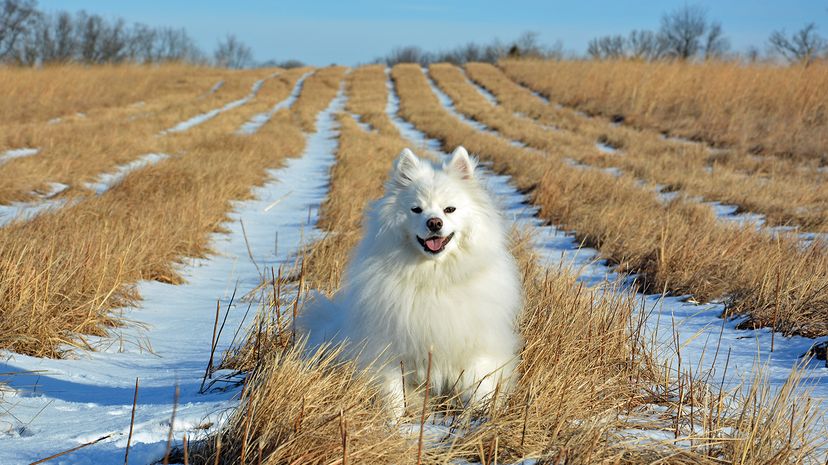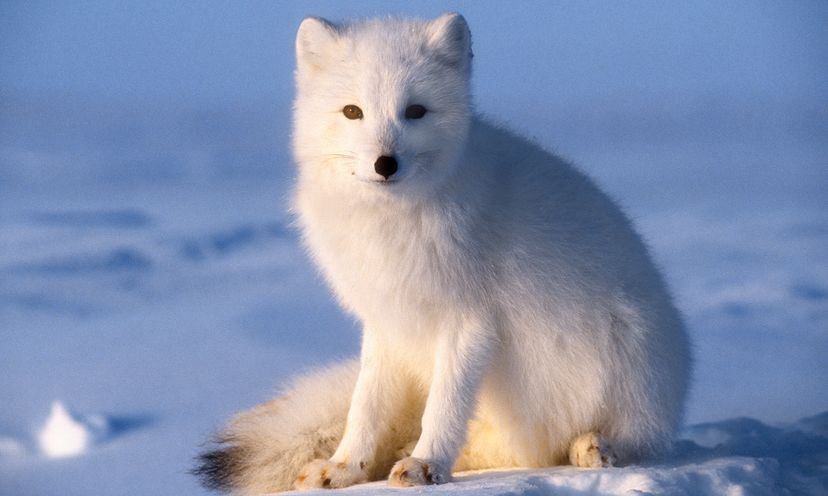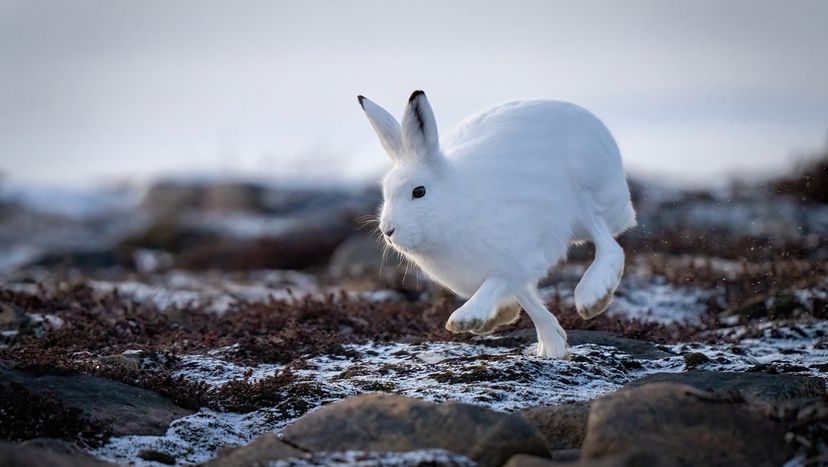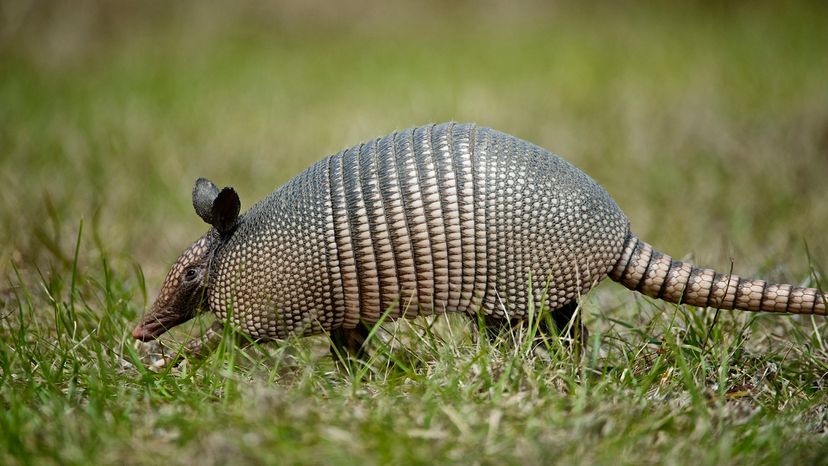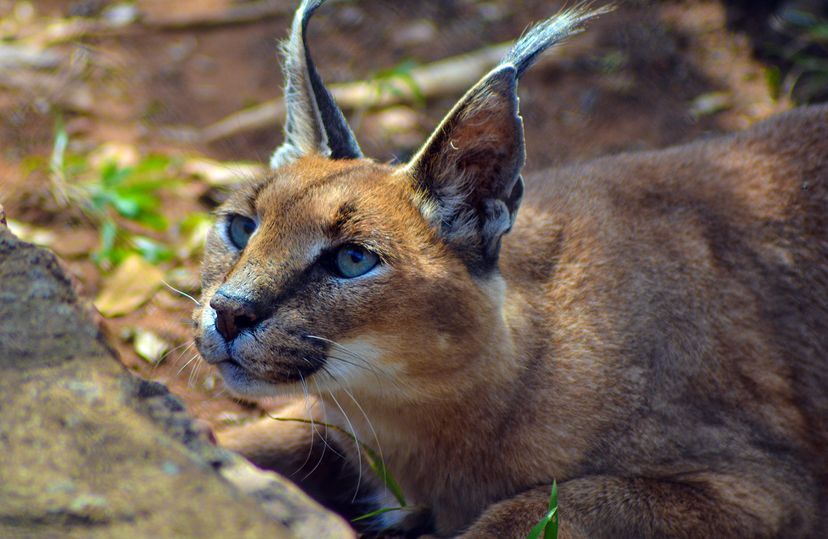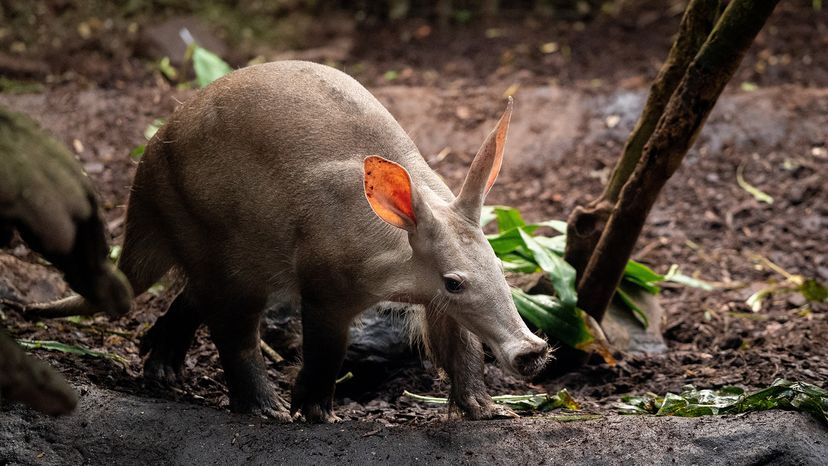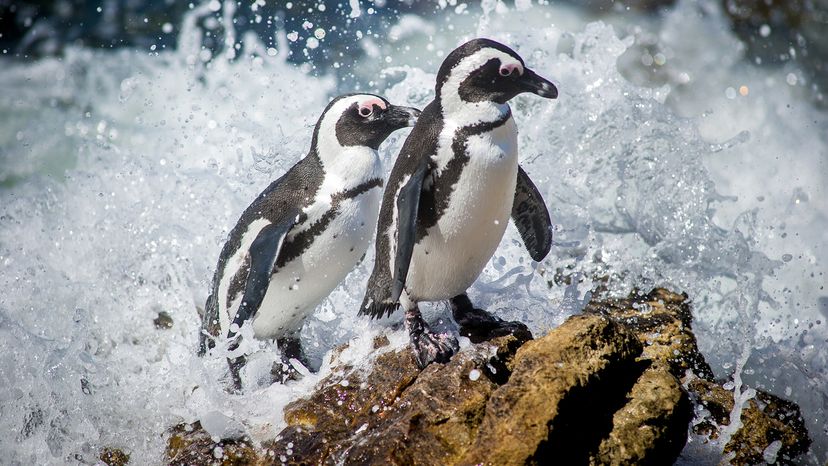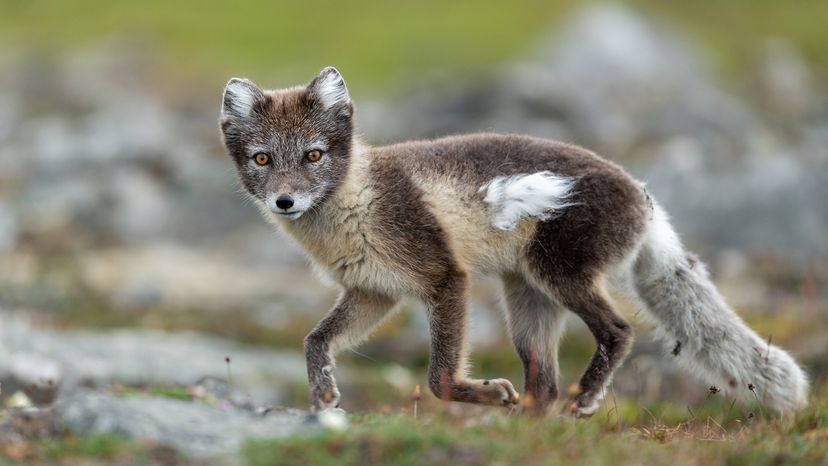
Animals that start with "A"? Absolutely amazing! The animal kingdom is filled with fascinating creatures, and today we’re diving into a world of animal names that start with the letter "A." From giant mammals to tiny insects, there’s a whole spectrum of wild wonders to explore.
Whether they roam the tundras of the Arctic, prowl the jungles of Central and South America, or swim through the rivers of Mexico City, these creatures are nothing short of incredible. So, let’s take a closer look at these awesome animals, ranked from biggest to smallest.
Advertisement
